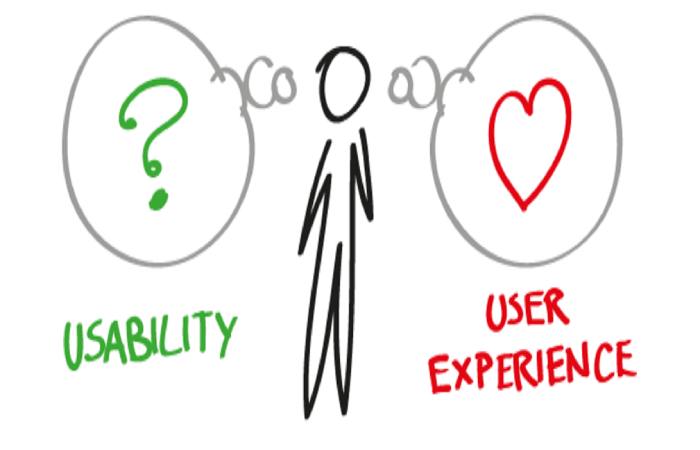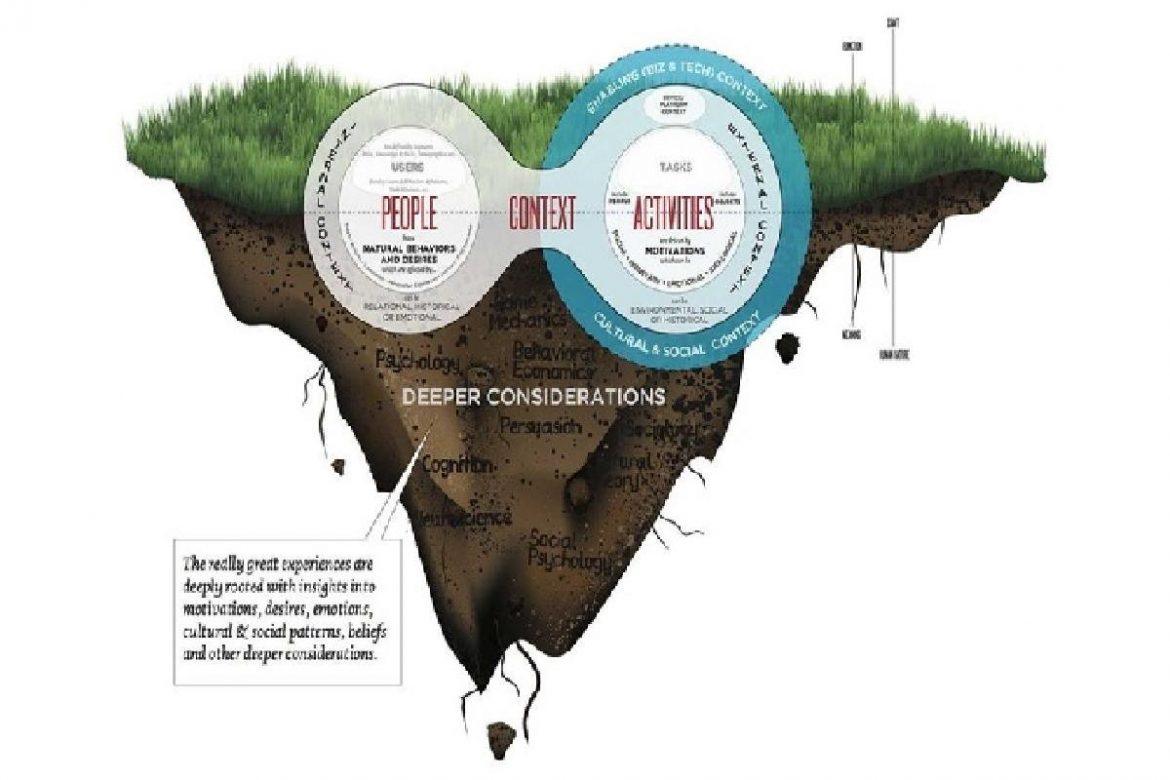Understanding and designing a holistic User Experience – The modern web design space is getting more sophisticated in its effort to give users the magic of seamless, rewarding interactions. The majority of companies think of proper UX design in this regard. Still, this is not enough in the 2020s.
As soon as you start thinking of UI/UX services, you should go one step further to attain holistic design. What is the magic sauce for a well-designed, efficient digital product? Here is a detailed guide on what it is and how to achieve perfection in this aspect.
Table of Contents
Introduction to Holistic Design
As soon as the new product is developed, the UI/UX team thinks of how the end-user should interact with that product. The designers create user personas and possible scenarios of product use. Yet, it’s not all that people experience when they interact with the digital world of apps and websites.
No matter on which website they shop, look for friends, or play games. They still live in the physical world of interconnected contexts and dimensions. That’s what the wider consumer world represents, and that’s what their lives are. Understanding those lives and their socio-cultural, political, economic, and other components is the task of holistic designers striving to fit the new product into that world.
Principles of Holistic Design
Keep these rules in mind as soon as you decide to create a truly holistic design. They will help you succeed and avoid the bottlenecks of the rocky, complicated path towards a holistic approach.
#1 Understand the Broader Picture
Try to achieve a holistic mindset before approaching the design thinking aspect. It’s ideal for conducting in-depth ethnographic research to understand the real-world application for your anticipated product and see how it is expected to work. Look into stakeholders’ experiences and contexts surrounding the web product’s use. It can also give you a glimpse of the broader environment.
#2 Strive for Sustainability
Sustainability in design is about creating a broader ecosystem respecting users’ interests. Such systems can deliver the best user experiences throughout the whole interaction cycle. Some companies producing web products focus too much on the customer, forgetting their internal processes. Others may focus too much on the business strategy instead of prioritizing the end-user. Sustainability is a golden middle, with the properly functioning system of people, technology, and processes focused on a single outcome – a positive user experience.
#3 Keep Everyone in Focus
Holistic design strives to involve more stakeholders in the decision-making process. So, it’s vital to include everyone’s perspectives. For instance, you can include the company’s employees, designers, coders, and other staff into the focus.
#4 Ask Stakeholders
The key to building holistic design is to take a deeper look into what people think of the best ways to accomplish your set goal. Thus, involving diverse stakeholders in the design process and inviting them to participate gives you a better idea of various contexts and backgrounds. Only by taking them all into account can you create a truly universal product that may enjoy wide adoption.
#5 Don’t Limit Yourself to Digital
Today’s human interactions with technology have become more diverse and frequent, but they still don’t exist in a vacuum. Everyone interacts with their technological gadgets in a specific physical environment and context. Specific emotions, motivations, and attitudes trigger those interactions. Thus, the use of digital products is a much broader experience than UI/UX considerations might envision it, and the holistic design approach takes it all into account.

How to Apply Holistic Design in Practice?
Now that you know the fundamental principles of such design, it’s time to learn how you can use it to your advantage, either as a UX designer or a client seeking UX design services. In any way, the knowledge of holistic design principles aids in the formation of a clear strategy and comprehension of the bigger picture you need to fit in.
Design Thinking
Companies striving for holistic design should start with design thinking in business operations. Such a focus means that all your operations center on the client and understanding of their pain points, problems, and challenges. A company that works with design thinking in mind can focus on real-time user needs and perspectives. It’s better than relying on historical market data or statistics.
Philosophy and Culture
As with design thinking, the focus on a holistic approach should be at the heart of the company’s operations in all aspects. It should be the cornerstone of the company’s culture and philosophy. Thus, it transcends all levels of operation and fills every product with the values and goals of holistic UX delivery.
Inclusivity
Inclusivity is closely tied to diversity. The modern digital space doesn’t stand universality anymore; it’s a diversity-blind approach. Thus, modern digital products operate with respect to the vibrant diversity of perspectives, statuses, and identities of consumers across the globe. By adopting a diverse approach to design, product owners can enter a much more nuanced and respectful dialogue with various consumer populations. Inclusivity also protects companies from lawsuits and discrimination accusations, which often loom in the digital space. Thus, by making your UX design inclusive, you keep pace with the times, show regard to all user categories, and function in a safe digital space.
UX
We intentionally left the final spot for the UX design itself when talking about holistic UX design. Does being holistic change the core meaning of UX overall? Not at all! Web products‘ user-friendliness, accessibility, simplicity, and ability to deliver a fun experience should not be neglected in the pursuit of holistic approaches. So, don’t underestimate the basics of UI and UX components of any new product you’re developing. It has to comply with all UI/UX conventions in any way, thus giving users the accustomed feeling of usability.

Holistic Design Is Achievable
No matter whether you consider holistic UX design a buzzword or a reality of future web design, it’s time to strive for more consistent and harmonious experiences and operations. Any web design agency should expand its outreach and user understanding on which it builds its usability blocks. Thus, adding a holistic touch to any digital product is a win-win situation. It ensures greater buy-in and maximizes your chances for market success.


